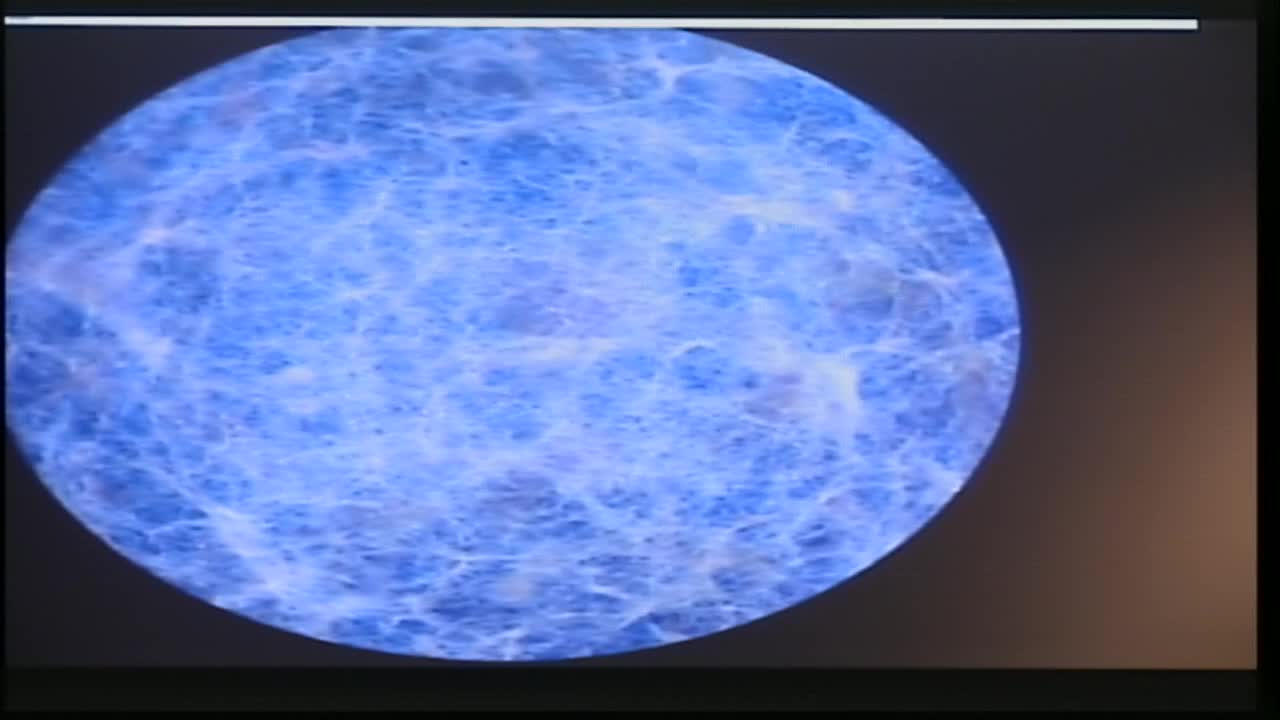The Geometry and Topology of the Cosmic Web
Presenter
October 7, 2013
Keywords:
- Cosmic spaces
MSC:
- 54E20
Abstract
The Cosmic Web is the fundamental spatial organization of matter on scales of a few up to a hundred
Megaparsec, scales at which the Universe still resides in a state of moderate dynamical evolution.
galaxies, intergalactic gas and dark matter exist in a wispy weblike spatial arrangement consisting of
dense compact clusters, elongated filaments, and sheetlike walls, amidst large near-empty void regions.
While the complex intricate structure of the cosmic web contains a wealth of cosmological
information, its quantification has remained a major challenge. In this lecture, we describe
recent work towards invoking concepts from computational topology and computational
geometry to our understanding of the structure of the Cosmic Web and to new insights into
the conditions in the primordial Universe out of which it emerged.
An important aspect of our understanding of the Cosmic Web concerns the connectivity
of the various components. This leads us to recent work on the topological analysis
of the Megaparsec scale distribution. To this end, we resort to the homology of the
weblike structure, and determine the scale-dependent Betti numbers. To infer this from the discrete
spatial galaxy distribution (or of particles in computer models of cosmic structure formation)
we extract the Betti numbers from alpha shapes. We have studied the alpha complex of the cosmic weblike
point patterns, in order to assess the signature of filaments, walls and voids. Of considerable
importance within the context of the multiscale nature of the cosmic mass distrbution, is the
information contained in persistence diagrams. Amongst others, I will describe recent work on
persistence properties of Gaussian and non-Gaussian random density fields, which form the initial
conditions out of which the cosmic web emerged through the force of gravity.
